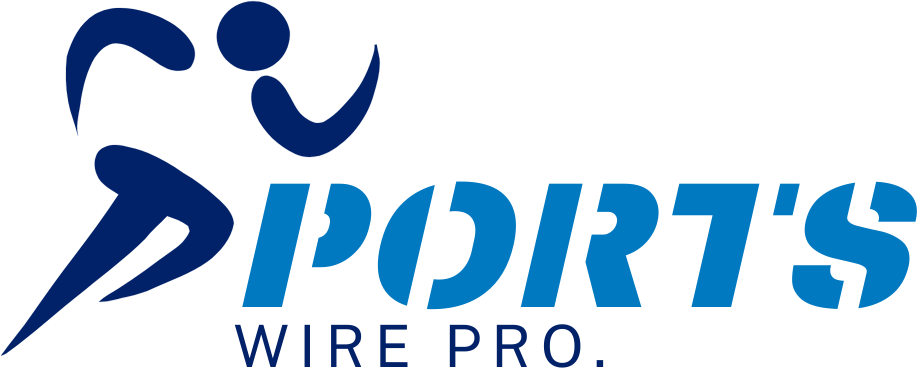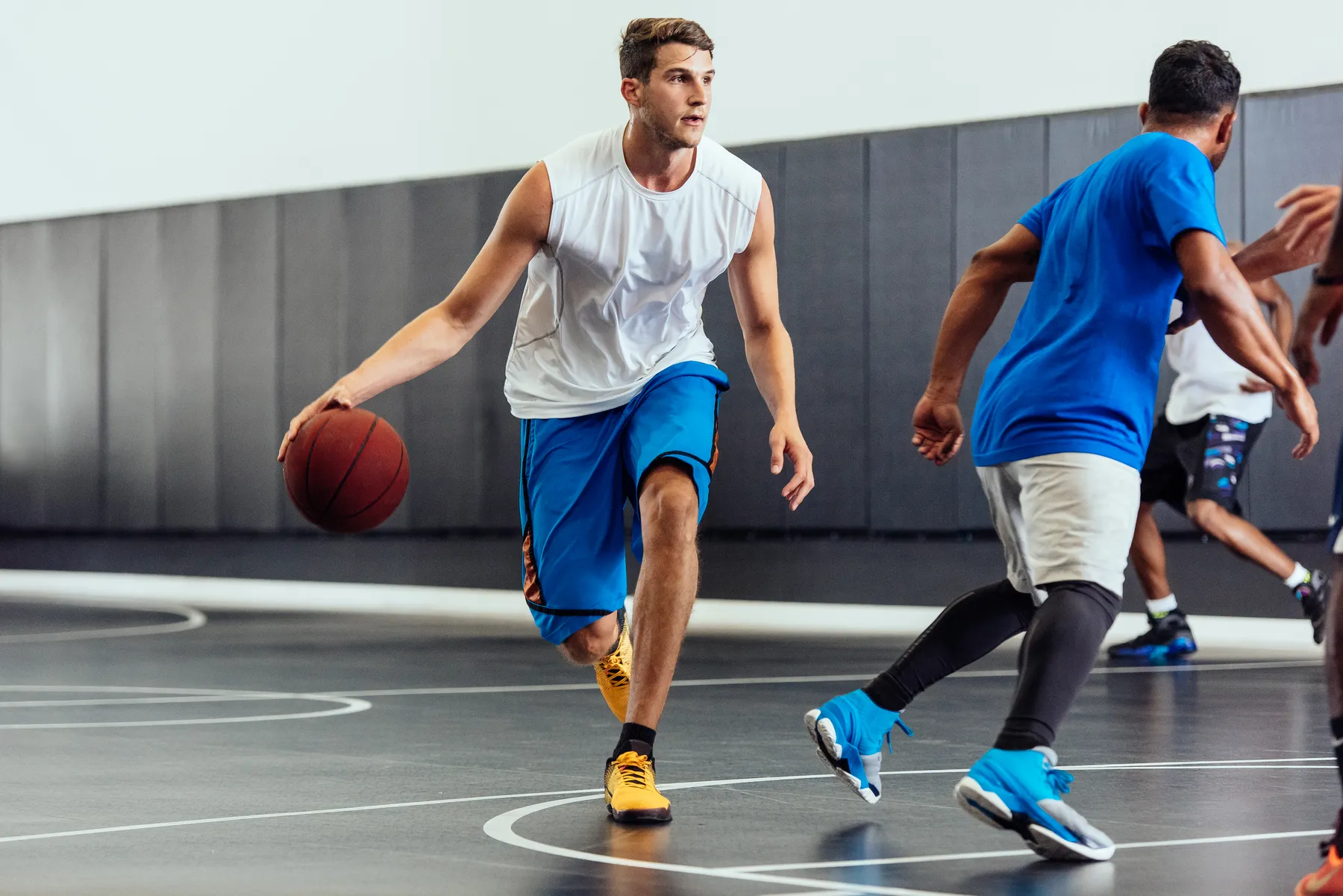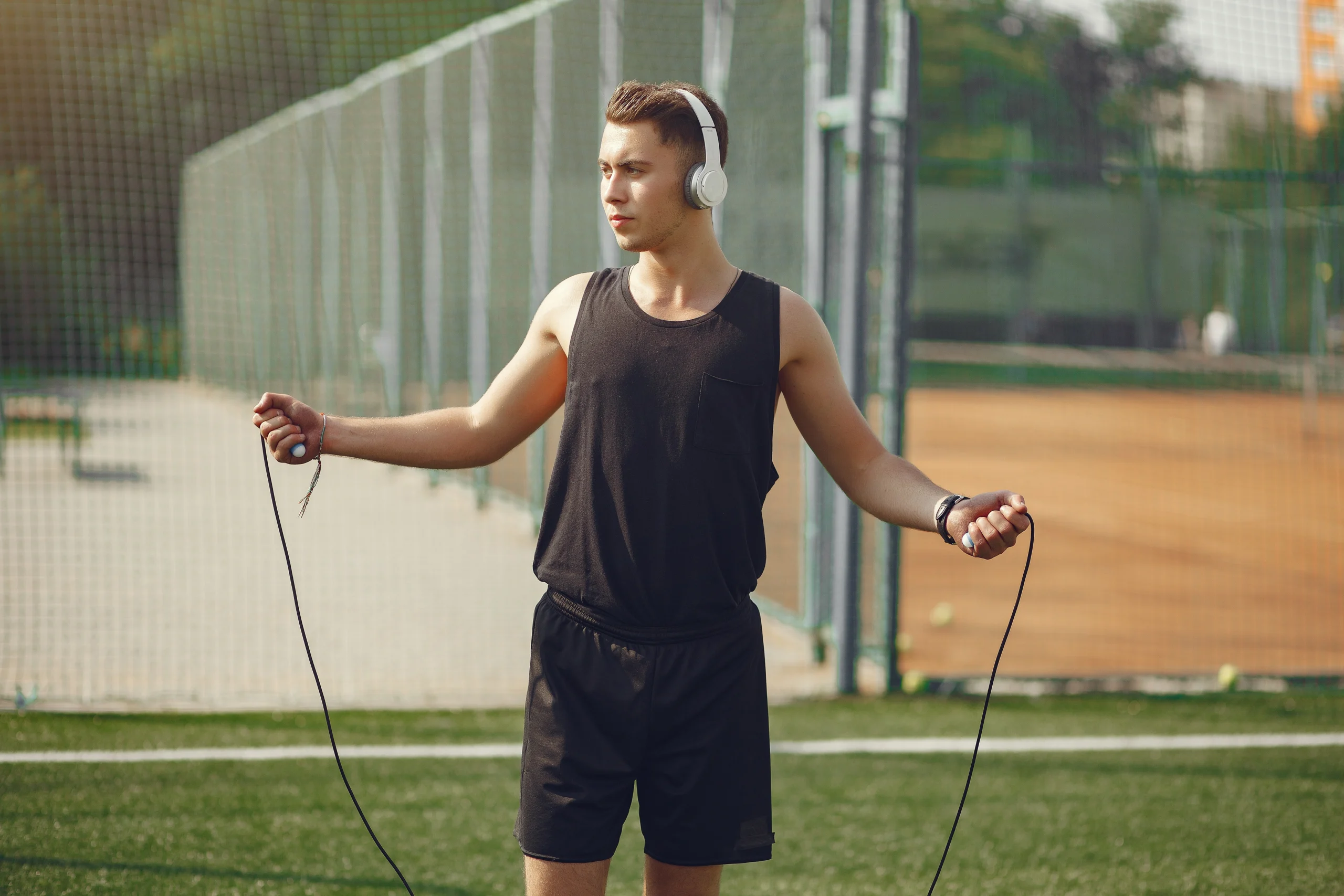Introduction
You must know how to stand out and compete. More than hard work and talent are needed to succeed in sports. Know nutrition, improve efficiency, and focus mentally to gain a market advantage. All these considerations matter. Today, we will define competitive edge sports and how to achieve top-level athleticism through constant effort and practice. Get this show touring!
Definition of a Competitive Edge in Sports
In “competitive edge sports,” a person or team’s distinctive features, techniques, or skills give them an edge over their rivals. Physical strength, technical skills, a solid strategy, mental toughness, and game knowledge may be needed. Recognize and maximize strengths to outperform opponents. Success entails using your strengths over your opponents’.
Benefits of having a Competitive Edge
Increased Confidence:
An athlete at the top of their game possesses high self-assurance. An increase in self-confidence, which in turn leads to improved performance on the job, might result from an individual’s realization that they possess exceptional skills or capacities that differentiate them from others.
Better Performance:
They are gaining a competitive advantage, resulting in improved performance. These advantages can assist an athlete in surpassing their competitors, and they can come in the form of greater physical ability, advanced technical skills, or a strategy that has been well implemented.
Career Advancement:
Athletes with a competitive advantage have a greater chance of attracting the attention of scouts, coaches, and sports organizations, which can result in prospects for professional progression.
Resilience under Pressure:
A competitive advantage is frequently synonymous with mental toughness, enabling athletes to perform effectively despite extreme strain. They can keep their cool and remain focused even when they are under a significant amount of pressure.
Motivation to Improve:
Athletes can be motivated to continue developing themselves if they think they have an advantage over other competitors. They will try to improve their distinctive qualities and skills further to keep or increase their edge over other people.
Identifying your Unique Qualities
You can find out what makes you different from others and improve those skills if you want a real advantage in a given field. This is how you can go about doing it:
Self-Assessment:
Spend some time doing an honest assessment of your talents, strengths, and areas in which you may improve. If you can assess your current level of competence, you will be better able to determine what sets you apart from others and where you have room for improvement.
Feedback from Coaches and Peers:
Your coaches and teammates can provide insightful opinions on your performance, providing information about your abilities that you might not be able to perceive independently. This can be very helpful.
Performance Metrics:
You can determine the areas where your performance is superior to others by using measurable data such as speed, accuracy, or endurance measures.
Psychological Testing:
Strength of mind is one of the most important factors in determining competitive advantage. The results of psychological tests can help identify characteristics such as resiliency, concentration, and determination.
Constant Improvement:
After you’ve figured out what makes you special, focus on developing your best qualities while also improving any areas where you fall short. In the ever-evolving world of sports, staying ahead of the competition requires consistent growth and the ability to adjust to changing circumstances.
Developing Mental Toughness and Resilience
Sports success requires mental toughness and stamina. Assertiveness, attention, and resilience are called “mental toughness.” Resilience is the ability to bounce back from setbacks and overcome obstacles. Mental toughness and resilience training may involve positive self-talk, visualization, mindfulness, and stress management.
Mindfulness helps athletes focus, dismiss distractions, and stay cool under pressure. A growth mindset emphasizes seeing problems as opportunities for growth, which boosts resiliency. This attitude change can help you overcome difficulties.
Therefore, athletes can improve their mental toughness and resilience by prioritizing psychological conditioning and physical training. This will allow them to have a significant advantage over their competitors.
Strategies for Enhancing Performance with Technology
Utilizing Wearable Technology:
Smartwatches can give gamers vital information to improve. Wearable tech includes GPS watches, fitness trackers, and heart rate monitors. These devices track heart rate, speed, distance, and calories. It helps athletes track their progress and adjust their training.
Implementing Video Analysis:
Video analysis allows coaches and players to analyze performances. Slowing down the video lets them analyze movements, decisions, and approaches that are hard to see. It helps you create more specific and successful training regimens by showing your strengths, shortcomings, and areas for improvement.
Adopting Sports Analytics:
Data and statistics are used in sports analytics to create wise training, strategy, and success decisions. It can include tracking player data, assessing team success, or making forecasts based on prior events. Sports analytics may give athletes and teams a competitive edge by providing performance and strategy data.
Incorporating Virtual Reality Training:
Immersive training is possible with virtual reality (VR) technology, which lets athletes practice their skills in a controlled setting that feels like a real fight. VR can be used to prepare for certain events, get better at techniques, and even get over mental problems like performance anxiety.
Leveraging Online Training Platforms:
Athletes can find a lot of information and tools to help them get better at their sport on online training sites. You can find a lot of different types of instructional videos, workout plans, diets, mental toughness exercises, and more on these sites. These platforms can help athletes improve their ability in more ways than one, in addition to their physical training.
Building an Effective Support Network
Any player who wants to get ahead in the competition needs to build a strong support system. In a perfect world, this network would include the following:
Coaches and Trainers:
Coaches and trainers help players improve their performance and skills by giving them advice, instructions, and feedback that is very helpful. They can show you your flaws and give you ideas for improving things.
Sports Psychologists:
Sports psychologists can help players deal with the mental challenges of competitive sports, like how to deal with stress, stay focused, and get back on track after a setback. They can teach you ways to make your mind stronger and more resilient.
Nutritionists:
An athlete’s success and recovery depend a lot on what they eat. Nutritionists can help athletes get the nutrients they need by making custom diet plans that meet their needs. This can help them have more energy and heal faster.
Physiotherapists:
Athletes might benefit from the assistance of physiotherapists in avoiding injuries and recovering more quickly from those that do occur. They can provide workouts to improve flexibility, strength, and balance, enhancing performance.
Teammates and Peers:
Emotional support, friendship, and healthy competition are benefits of having peers and teammates. They can encourage athletes to improve their performance, offer constructive criticism, and impart a feeling of camaraderie and belonging.
Examples of Athletes with a Competitive Edge
Michael Jordan
Some consider Michael Jordan the greatest basketball player. He outperformed others with skill, passion, and athleticism. His physical and mental strength and drive to win made Jordan the best player on the court. Failure motivated him. He said, “I’ve missed more than 9000 shots in my career.” About 300 games were lost. I’ve missed 26 game-winning shots. My life was full of failure. I succeed because of that.”
Serena Williams
The best competitive athlete is Serena Williams. Her serve, speed, and mental tenacity put her at the top of women’s tennis. Williams plays quickly and decisively, making her a frightening opponent. She stays calm under pressure and never quits up, even when hurt or having other challenges, which provides her an edge over the competition.
Her https://www.serenawilliams.com/ websites
Usain Bolt
The fastest man alive, Usain Bolt, owns the 100-meter and 200-meter world records. Bolt has an advantage in sprinting because of his speed, agility, and height, allowing him to take longer strides. Bolt’s confidence and flamboyance have shaped athletics.
Each of these athletes had unique skills that gave them an edge in competition, showing that there are many ways to succeed in sports. Recognizing and using their strengths can provide athletes with an edge and boost their performance.
Conclusion
Sports success requires a complex blend of physical power, mental toughness, clever technology, and a solid support structure. Individualized mixtures of these characteristics can help athletes win. Michael Jordan, Serena Williams, and Usain Bolt demonstrate how incredible achievements are attainable with constant drive. Achieving a competitive edge requires continuous improvement and change. In the future, sports will evolve more as players improve.





